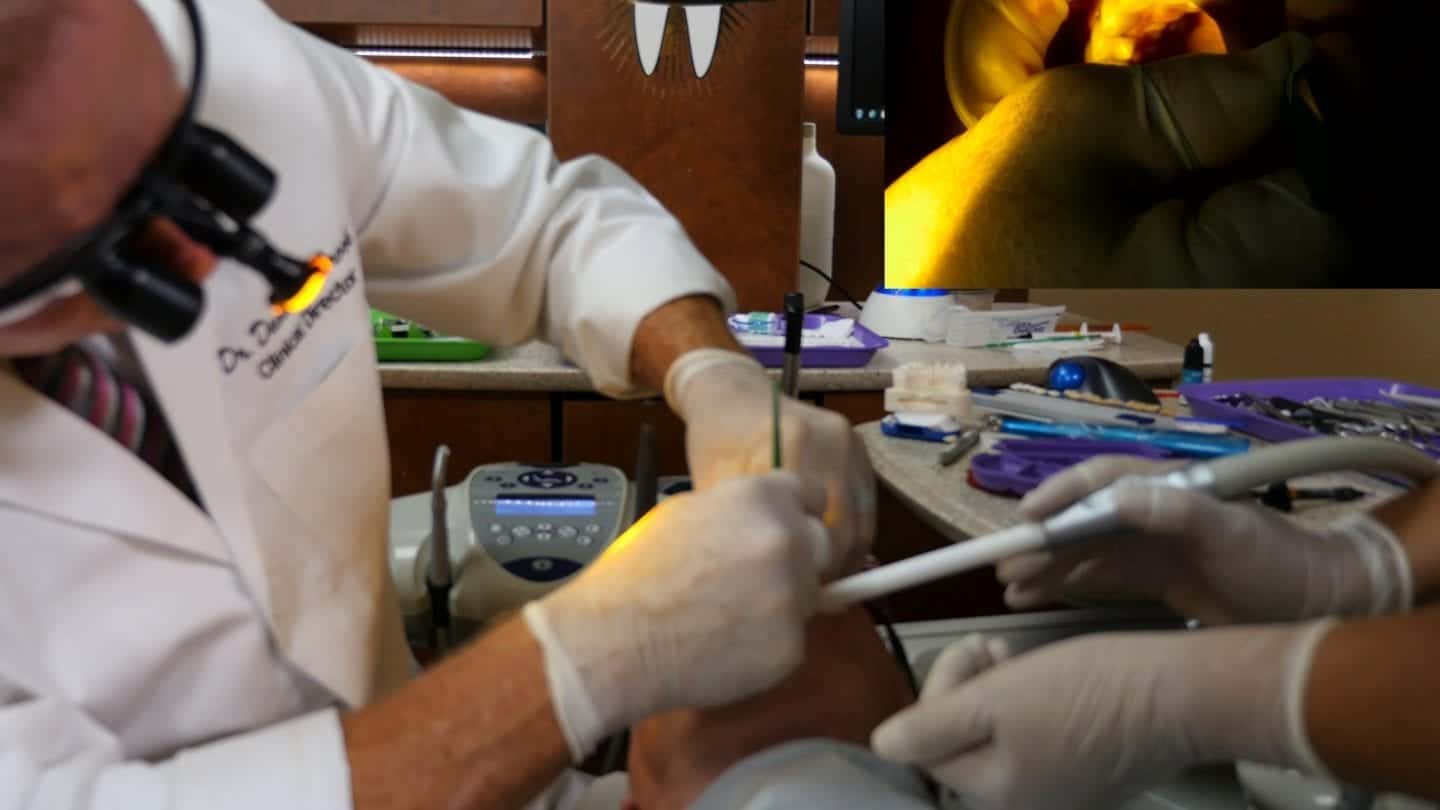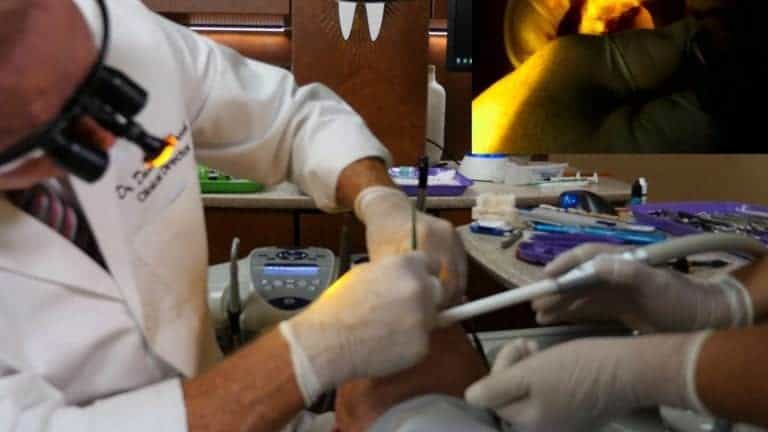Follow Dr. Hornbrook over-the-shoulder and chairside as he finishes up the number 4 of 4 video tutorial in the “REPLACMENT OF PFM ANTERIOR CROWNS WITH AESTHETIC ZIRCONIA RESTORATIONS” Web Series .


Follow Dr. Hornbrook over-the-shoulder and chairside as he finishes up the number 4 of 4 video tutorial in the “REPLACMENT OF PFM ANTERIOR CROWNS WITH AESTHETIC ZIRCONIA RESTORATIONS” Web Series .
Fill out the form to send us a quick message, and we’ll get back to you right away!
16881 Hale Ave
Irvine, CA 92606
Main Phone: 1-800-433-9833
Request New Doctor Kit
Phone: 1-800-433-9833
Email: sales@keatingdentallab.com
Request Shipping Supplies
Phone: 1-800-433-9833
Email: sales@keatingdentallab.com
Founded in 2002, Keating Dental Lab is a full-service dental laboratory serving dentists and patients throughout the United States. Think of Keating as your one-stop solution, offering everything from case planning and diagnostic waxing, to full arch implant hybrid restorations.
Thank You!
Your information has been received.
CHECK YOUR EMAIL FOR DETAILS ON HOW TO RECEIVE YOUR DISCOUNT.
Click here to learn more about Keating Dental Lab.

Thank You!
Your information has been received.
If you have a question, or would like to talk to us about a case, give us a call:
877-872-3510
Click here to learn more about Keating Dental Lab.

Thank You!
Your information has been received.
If you have a question, or would like to talk to us about a case, give us a call: 877-872-3510
Click here to learn more about Keating Dental Lab.

{field:firstname}
Get Your Free Keating Doctor Kit
Experience the ‘Keating Difference’